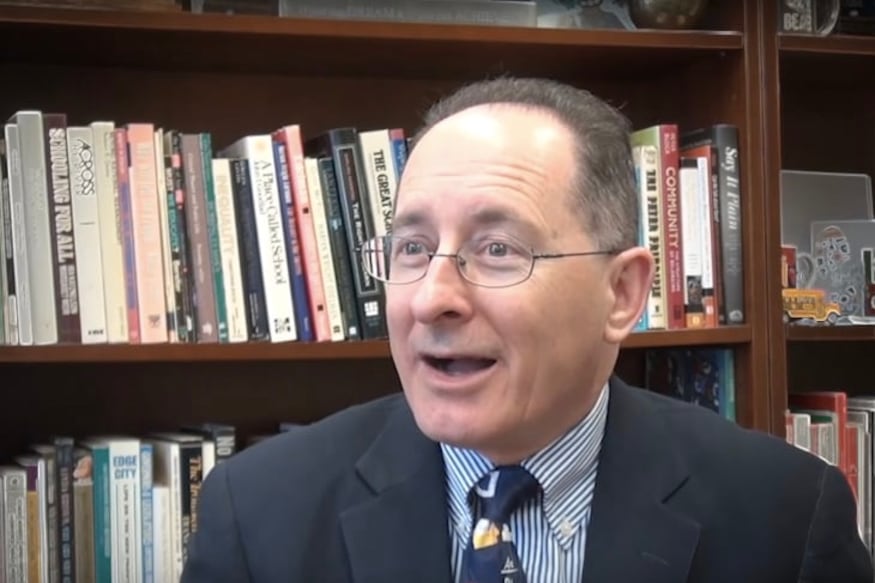Michigan’s top education official says budget cuts caused by the coronavirus will be the worst in decades, even as the pandemic requires districts to spend more on technology and helping students who have fallen behind.
Businesses across Michigan ground to a halt over the last two months to slow the spread of the coronavirus, crimping the flow of tax revenues that the state uses to educate its 1.5 million students.
Official state estimates put the school budget shortfall at $2.39 billion over the next two years.
Even a $1 billion cut would amount to a $685 funding decline per pupil, State Superintendent Michael Rice said in a press conference on Thursday, roughly an 8.5% decline from the minimum funding level of $8,111 per student.
The previous worst education budget cut — $470 per pupil in 2011 — led to fewer teachers, larger classes, and the reduction of art and music offerings.
But increasing class sizes might be harder this time around as education officials try to shrink class sizes to ensure social distancing. Also, districts will face additional costs as they work to limit the spread of the coronavirus and offer extra support to students who are falling behind while school buildings are closed.
Calling the cuts “unacceptable,” Rice called on Congress to send a new round of coronavirus relief to schools.
“No child asked to be born during the pandemic,” he said. “No child’s education should be harmed because he or she happened to grow up in part in the pandemic.”
While the state received $390 million in COVID-19 relief from the federal government, officials across the state have said it won’t be enough, especially in the face of budget cuts. Michigan, like many states, is required by its Constitution to maintain a balanced budget, meaning it can’t run up deficits in hard times like the federal government.
The U.S. House last month passed a bill that would send $58 billion more to schools nationwide. Leaders in the Republican-controlled Senate have said the bill is dead on arrival.
If no further federal relief arrives, it would fall to state legislators and Gov. Gretchen Whitmer to make tough decisions about where to make education cuts.
Some states, like New York, have opted to cut budgets for all districts equally, while others, like Ohio, have focused cuts on wealthier districts.
Rice said the budget cuts could be a “death knell” for the state’s most financially troubled districts. That list includes districts in Saginaw and Flint that have hovered near the brink of insolvency.
The cuts put a further dent in a funding system that Rice says was already failing students.
“Right now we don’t spend enough on our children in schools let alone if big cuts were to be necessary,” Rice said.





